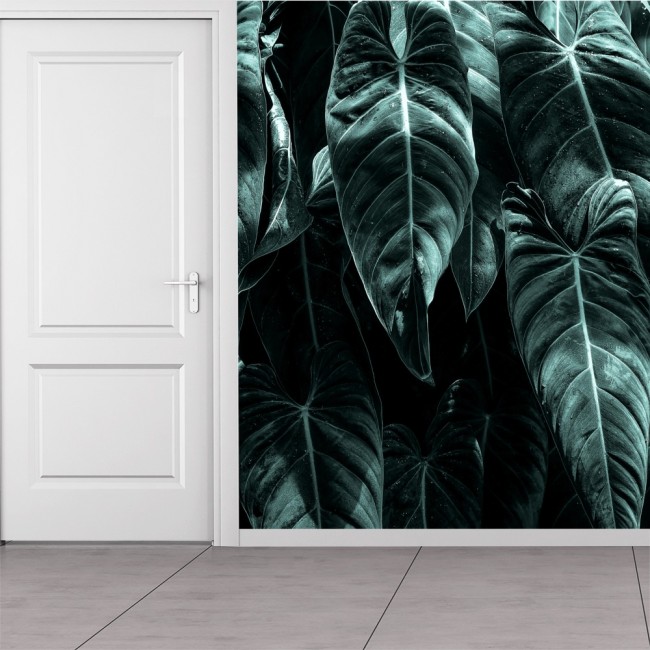
Speaking with Designer, Boris Draschoff
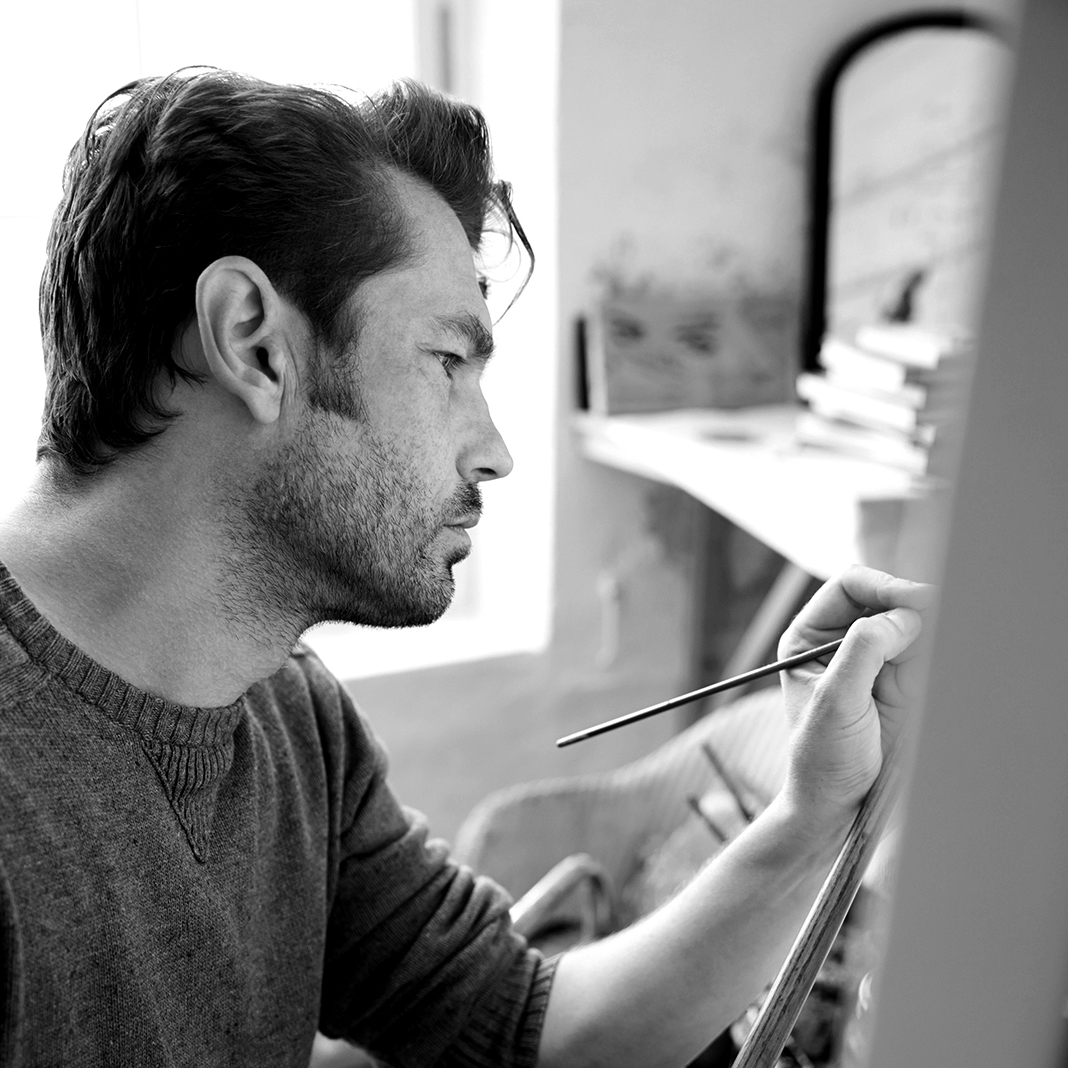
Boris Draschoff is a berlin-based designer who creates stunning, minimalist artworks that he leaves open to the interpretation of its viewer.
In our latest Azutura interview, we were lucky enough to catch up with Boris and discuss his work, his creative mentality, his influences and much more.
Hi Boris - Thanks for taking the time to speak to us. Can you start off by introducing yourself and telling us a little bit about yourself?
Hi David, thank you too for the chance to have this interview! Well, my name is Boris and I was born in a small German city as the oldest of three brothers.
What surprises most people is that I actually studied economics - quite the opposite of what I am doing today. But back then, being so young, that seemed to me to be the safer option than becoming an artist I guess. Nevertheless, I quickly realized that that was obviously the wrong decision.
After finishing university, I moved to Berlin where I wanted to start from scratch since here I saw more space and possibilities to grow as an artist. That's now 14 years ago and it's been quite a fascinating journey since then with many twists and surprises.
How long have you been interested in art and design?
Literally since forever. I remember a story my mom keeps telling: when I was a 6-year-old, I invited my whole family inside to what I called my own art gallery. It was made of cardboard boxes with little paintings hanging inside, but I guess that still counts as my very first exhibition. I even sold out all my artworks to my visitors - for one cent each. A huge success, haha.
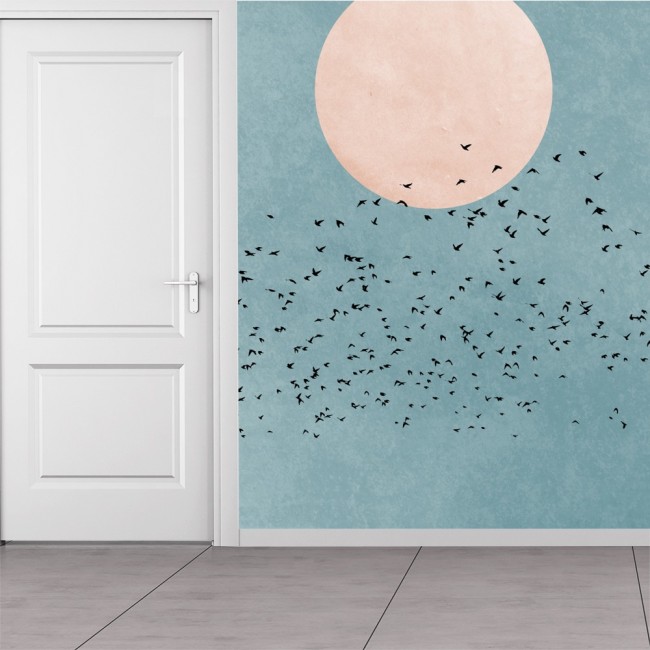
So there were early signs you’d be successful! What’s an average day like in the life of Boris Draschoff?
I´m actually a slow starter, I have to admit. Thus, I start with a nice morning walk bringing my wife to work and drinking plenty of coffee.
After doing all daily administration things such as emails and inquiries, which are also a big part of my work, I put on some nice jazz music, make myself some more coffee and play around with new techniques and creating new artworks. As often as I can, I go to a nearby lake fishing since the stillness and shapes of nature are very inspiring to me.
You have a very interesting statement in your bio: “Kaleidoscoping and triangleizing and simplifying the world!” Can you tell us a little more about this and what it means and what is it about simplified designs that you like?
Well, that quote relates to my very first artworks which were abstract, cubism-inspired images. I used to transform normal photographs into triangle-shaped, minimalized versions of themselves.
After showing them to friends and family, I found that everybody saw different themes and objects in those images – whether they really existed in the original photo that I used or not - which they didn't know, of course. And I found that very fascinating!
The simpler a shape is, the more space it leaves to the person's own imagination and fantasy. So I implemented that idea as my major credo. It is like looking through a kaleidoscope (which translated literally actually means “to see beautiful shapes“). Even if you point to the same spot, whoever looks through it sees something different because of his own emotions and experiences in life.
I like that a lot. It's somehow like my artworks are finished and completed in the mind of each viewer and not by me or my intentions.
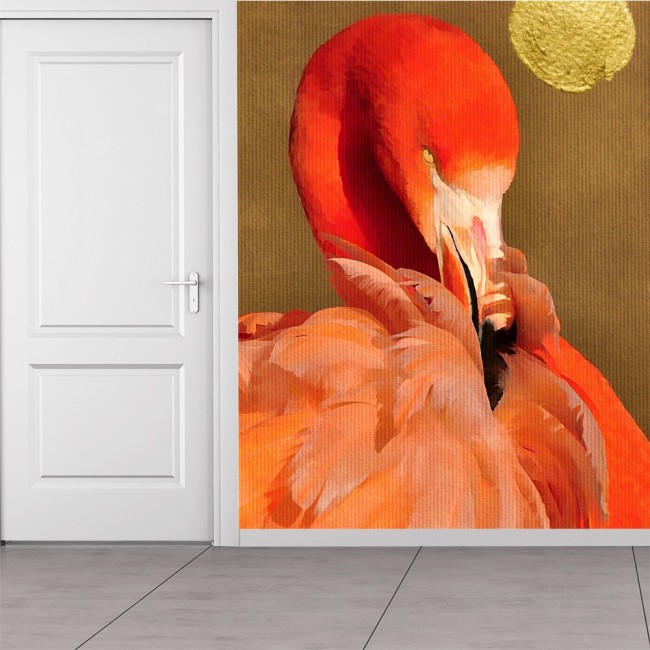
Nature plays a large part in your work. Can you discuss this a little?
It's the simplicity of its beauty and yet the complexity of life in nature that fascinates me. Take a sunset for example: basically, that is a line and a half-circle, but it creates such strong and different emotions when we watch it. That, in my eyes, is amazing and inspires me.
Besides nature, what else inspires you?
Humans and their mutual interaction, I´d say. Thus you will find in many of my images two or more objects that stand somehow in a relationship to each other, which brings in tension but also a melancholy to these artworks.
I often hear from people that they find my images somehow emotional, which is what I intend to create if possible.
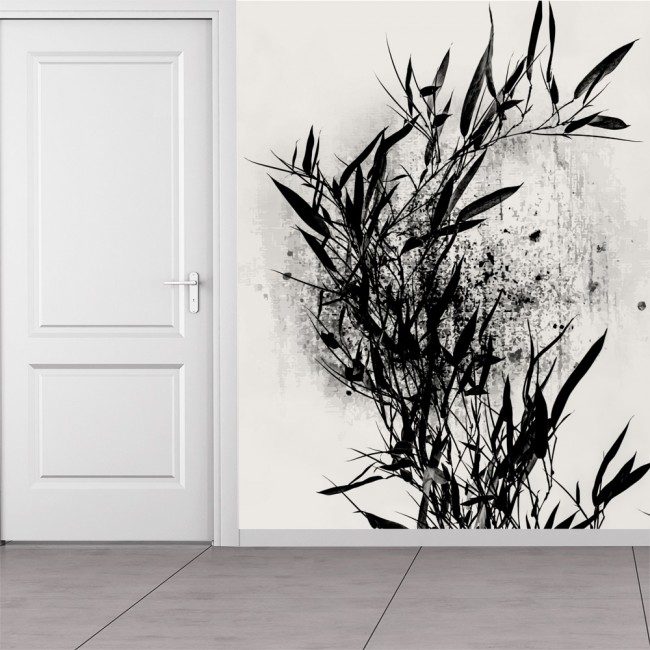
Could you discuss your creative process from inception through to the final design?
It's as simple as it´s complicated. I start off with a blank layer, and in most cases, I don't have any intention or a ready-to-go idea. What follows I would call maybe “creative and playful fooling around“ or a self-created Rorschach test. I drop, combine, transform and modify different shapes and colours on the white background.
Usually, at some point, all of a sudden, I see some of those shapes relating to each other and creating a tension between them. That's the moment where the actual idea for the image is born. From there, I start shaping this blink of an emotion I had into colours and visual elements.
Some of your work has a very East Asian feel to it. Is that a conscious thing or just my interpretation?
Haha, no that is not intentional. But I think I do see what you are saying. East Asian art usually uses very reduced colour schemes and simplified shapes, such as silhouettes. Now that I say it, that is exactly how I would describe my art as well.
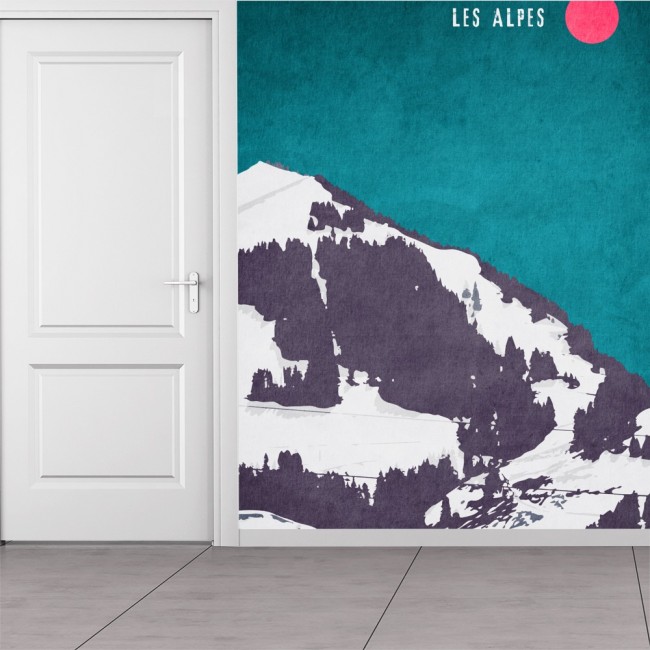
Who are some of your biggest creative influences?
There are so many throughout all my different stages in life. Beginning with the looks and the artificial photography of Vogue magazines, which I collected when I was a young teenager, through to all the big masters of surrealism in my twenties.
The artist that has always inspired and fascinated me the most is definitely Egon Schiele. The power and depth of his art is simply extraordinary!
What advice would you give to an aspiring designer?
Look; I truly love my work and it's one of the greatest feelings to talk to people about what they see and feel when they are looking at my artworks. This sentence includes the two mistakes I made myself when I was starting as a young designer.
First: it´s work! In the beginning, I just sat down when I had a ready idea for an artwork, which sometimes, of course, doesn't happen for a while. Thus my portfolio grew very slowly and my skills and techniques as well. Today, I’m less of the creative dreamer than I was back then and more of a creative producer.
Second: the art I create is for other people and to create emotions for the viewers. Not for me, as I thought somehow to myself when I started. That´s essential but something most artists and designers don't see, especially in their first years.
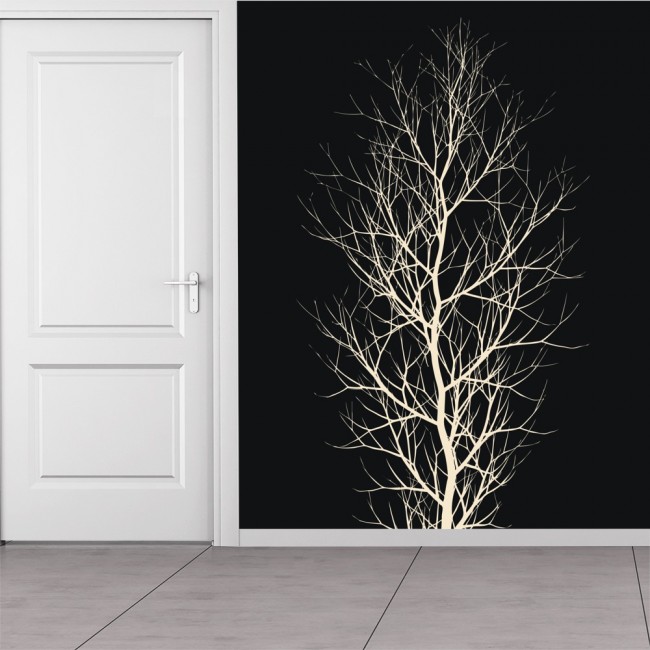
What’s the future looking like for you? Any big projects coming up?
Right now I am about to finalize my new collection which I’ve worked on for the past four months every single day. It will then be released at the beginning of February.
After that, I guess the most exciting project of the year starts in May when I will start a one-year of world travel with my wife to over 15 different countries. That's a childhood dream of mine coming true and I am very excited about all the new inspirations and how they will influence my future art.
